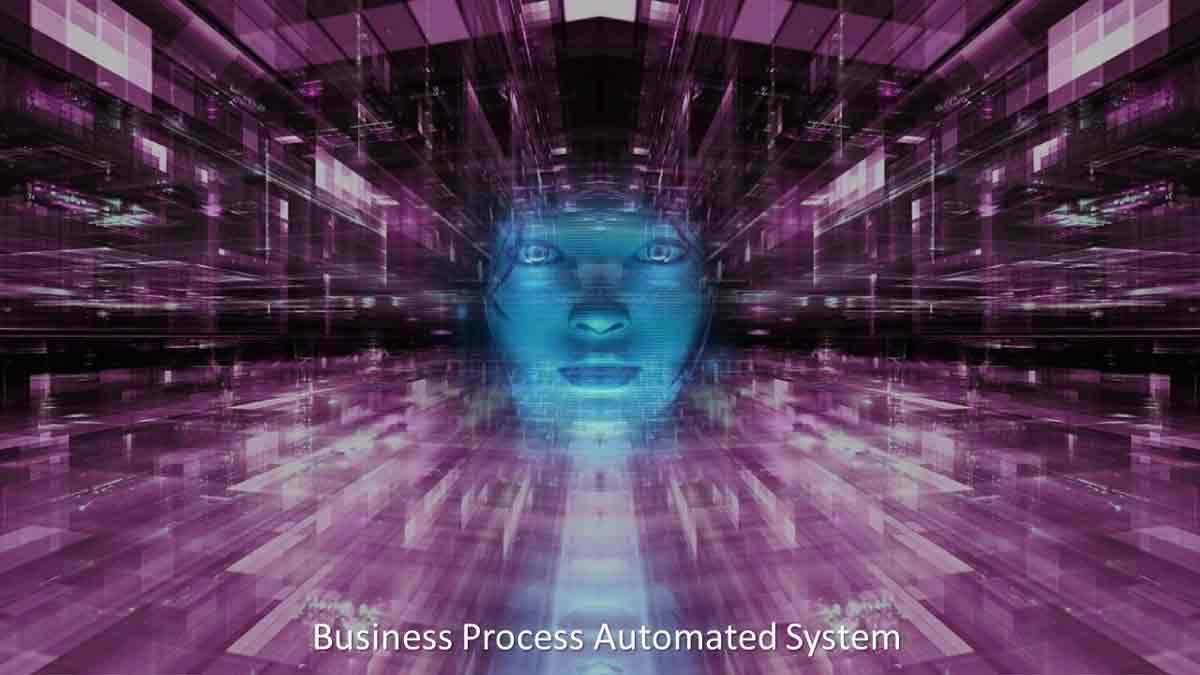What Robotic Process Automation can do? Working with Examples

Robotic process automation (RPA) is a technique for automating high-volume, repeated processes that mimic how humans interact with software. Robot automation is the practice of reducing manual tasks by using specified processes and programs known as bots. It is a collection of software and techniques that duplicates human tasks, such as data processing, managing and launching apps, doing complicated calculations, and data manipulation.
What is RPA?
Robotic process automation (RPA) is a new type of business process automated system that is associated with the concept of software robots (bots) or AI-based (AI) workforce. However, as RPA becomes more popular, businesses will need to integrate RPA process automation into their IT systems.
Robotic process automation (RPA) technology generates software programs or bots that can log in to apps, enter data, compute and finish tasks, and write information between apps or workflows as needed. The future has already been automated. It’s easy to observe how the industry is shifting towards automation. RPA initiatives have a lot of potential.
RPA systems employ patterns or a collection of institutions to perform jobs since deep analytical expertise is not required for routine activities. Such as-
- Information organization
- background Logging onto several servers
- Data transfer from one location to another
The robotic process automation (RPA) business has gotten a lot of attention in recent years and is projected to pick up steam in the coming years. By automating simple-to-complex business procedures, robotic process automation enables organizations to focus more on their core business functions.
See Also: Robotics Engineering
What can Robotic Process Automation Do?
When integrated with machine learning and artificial intelligence, RPA may extract additional context from the data it is dealing with by understanding the text or handwriting with optical character recognition (OCR). It may also use natural language processing to extract items such as names, locations, or billing terms, as well as capture more information from photos.
RPA systems create the task list by observing the user performing the task in the application’s graphical user interface (GUI) and then automating the tasks by repeating them directly in the GUI. This can minimize the obstacle to someone using automation in goods that don’t have APIs for this purpose.
How does Robotic Process Automation work?
RPA technology has advanced to a high level of complexity while being user-friendly. Robotic process automation (RPA) allows robots to automate repetitive manual processes that humans take longer to accomplish but bots can easily perform using RPA and a set of rules. RPA software is designed to resemble human employees to do routine tasks like data entry, program opening and closing, and spreadsheet sorting.
Examples of Robotic Process Automation [RPA]
1. Accounting and Finance
In finance, RPA reduces the need for many emails, enables a seamless payment approval process, compares invoices to relevant parties, and sets target reminders.
2. Healthcare
RPA technology allows patients to arrange appointments without the involvement of hospital workers. This application can improve customer relations by allowing patients to make appointments fast.
3. Human Resource Services
RPA may gather and filter resumes and online application forms, complete background checks, and compare the data to any relevant job openings. This enables the picking of the best candidates.
4. Telecommunications
In the telecom industry, robotic process automation decreases mistake rates to near zero, increases the quality of the data, customer service, and operational efficiency, and saves money.
See Also: AI Technologies for Business
Benefits of Robotic Process Automation
Robotic Process Automation benefits firms by increasing visibility, and transparency, and streamlining all business processes. These factors aid in getting items to market faster and give businesses benefit from faster response times.
- RPA enables organizations to expand. It helps enterprises save important time and satisfy needs dynamically and without issues.
- Other benefits include increased employee empowerment and satisfaction, which all contribute to lower employee turnover.
- It also minimizes the need for additional staff, resulting in considerable cost savings for the organization.
- RPA also supports real-time data analytics, which insurance providers may use to enhance estimating and pricing.
- It boosts profitability, increases responsiveness, and flexibility, and boosts productivity and employee happiness.
- It minimizes the possibility of mistakes by a significant amount.
- RPA reduces processing time by a significant amount.
- Employees can be more productive with RPA.
- Allowing for improved customer service.
- RPA Improves productivity through the digitization and auditing of process data.
RPA contributes significantly by rapidly improving business processes and ensuring that they are error-free and fully optimized. It also supports businesses in saving time and effort, as well as fixing bugs. Many firms use RPA (Robotic Process Automation) to automate monotonous operations and focus on their core strengths.





